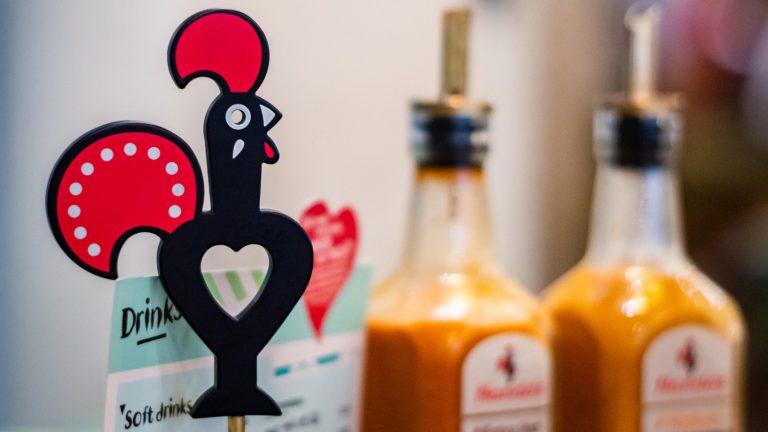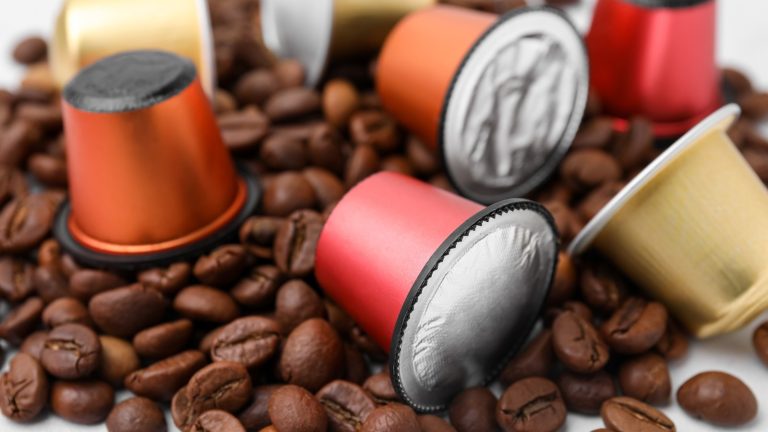It may surprise many beer aficionados to learn that they have likely never tasted one of the largest beer brands in the world. While brands like Heineken, Corona, and Budweiser top charts around the world for value and recognizability, one beer has crept its way to the top of the list in terms of overall consumption in recent years: Snow Beer. Boasting some of the highest production and highest consumption in the world, until recently this brand was only available in China — which gives you a hint about where most of the world’s beer is produced and consumed.
It may have only been a few hundred years since European-style beer was first introduced to Asia — not properly arriving in China until 1900 — but it is undeniably popular throughout the continent. Snow Beer itself is not particularly unique, just another mild flavored and low alcohol lager, like those that dominate markets around the world. The tasting notes, according to the World Beer Awards, are, “A clear yellow beer, with a nose of light malt and a little citrus which is matched on the palate. Easy to drink with a sweet finish.” While those notes sound nice, they are fairly typical for a light lager, and its score of just 63 on Beer Advocate makes it clear that the popularity of Snow Beer is not about its exceptional flavor. So, how exactly is it that this brand of beer only sold in China came to be the most heavily-consumed in the world?
The popularity of Snow Beer
Snow Beer was first produced in 1993 by China Resources Snow Breweries, a partnership between China Resources Enterprises and SABMiller (which is now part of the alcoholic beverage mega-conglomerate, InBev). It is very much a newcomer to the market, particularly when you compare it to the top-exported Chinese beer, Tsingtao, which was first brewed in 1903. Tsingtao is the number two beer in China (and the world), but despite reaching the Chinese market 90 years ahead of Snow Beer, it was quickly overtaken for market share.
The answer to how Snow Beer became the most consumed beer in the world is a relatively simple one: The Chinese people drink a lot of beer and Snow Beer positioned itself as the go-to inexpensive and easy-drinking option. According to World Population Review, in 2022 the people of China consumed 34 million metric tons of beer, about 18% more than the United States, which came in at 27.8 million metric tons. However, it is important to note that given the larger population of China, that averages out to 23.9 kilos per person, compared to 70.2 kilos in the U.S.
There is no arguing with the numbers. China is home to the two most-consumed beer brands in the world, Snow Beer and Tsingtao. In fact, this phenomenon is not even particularly new. Snow Beer first overtook Bud Light as the world’s top beer all the way back in 2008.
Is Snow Beer set to take on the U.S. market?
It is no secret that light beer reigns supreme in the U.S. Given the speed with which Snow Beer took control of the Chinese market, one might have expected to soon see it filling shelves and refrigerators from California to New York. This has, however, not been the case. Rather than rolling across the Midwest swapping familiar Bud Light cans for a similar-looking blue and white can sporting Chinese characters, the brand has entered the market slowly.
A post on the @snowbeer.us Instagram page announced the arrival of the Chinese beer titan in January of 2024. Since reaching the U.S. market, however, progress seems to have been slow. While representatives for Snow Beer have gone so far as to host all-you-can-drink events with raffles, Chinese food, and musical performances, the brand does not yet seem to have found a foothold. At the time of writing, the U.S. branch of the company has just over 100 Instagram followers. Bud Light, for comparison, has close to 400,000.
Given the sheer variety of beer available in the U.S., it is unlikely that Snow Beer will find anything like the market share it enjoys in China. However, there is no reason to think that it won’t eventually catch on with American consumers. Traditional Chinese cooking is becoming more popular all the time in the U.S., perhaps the favorite beer to consume it with is the next thing to follow.







